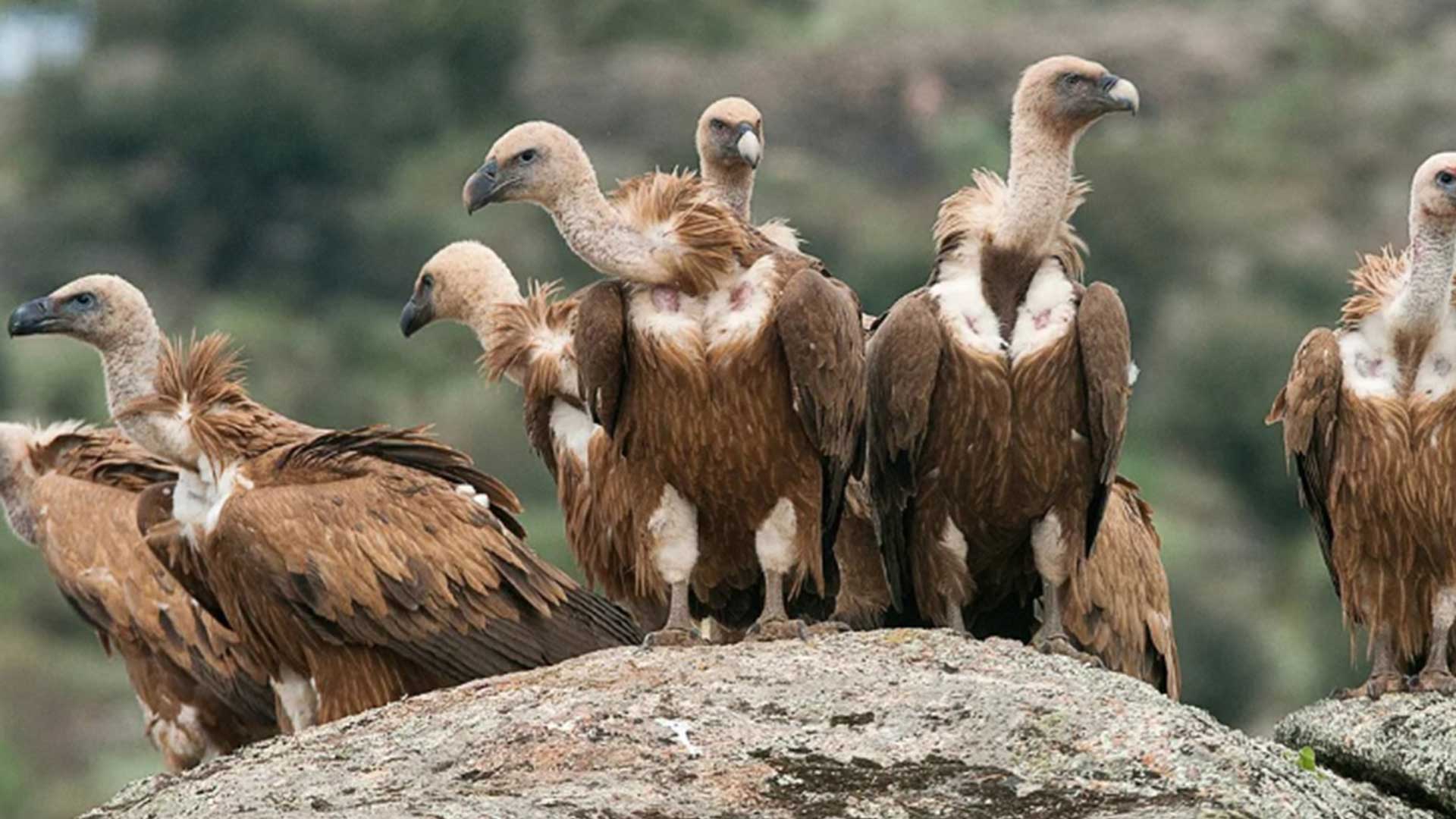By: AL-MARUF
In the village, vultures were so common that they could be seen everywhere, even thirty years ago. Crowds of vultures were observed feeding on cows that had passed away. Now, this scene is highly uncommon. This animal, commonly called the cleaning animal of nature, is currently on the verge of extinction.
It is impossible to find a suitable replacement for vultures to prevent the spread of illness from dead bodies. By consuming the flesh of deceased animals, this helpful bird contributes to preserving the ecological balance surrounding it. Eighteen different species of vultures may be found across the globe.
Bangladesh is home to six species of vultures. However, experts consider the ‘Bangla Vulture’ one of those species. However, for various reasons, the vulture population is on the brink of extinction in several countries, including Bangladesh.
The scientific name for the Bengal vulture is Gyps. The object’s length is 90 cm, and its weight is 4.3 kg. The feathers are a dirty, dark brown colour. The breeding season occurs from September to March. The house is quite spacious. Ensure that the same nest is used correctly for many years. The female vulture lays one white egg. The incubation period for eggs is typically 40–45 days before they hatch.
The vulture possesses keen eyesight. It sustains itself by consuming the flesh of deceased animals. They typically fly around sick and dying animals, patiently waiting for the animal to pass away.
Vultures lack feathers on their throat, neck, and head. Soar through the sky with your wings fully extended. Vultures usually build their nests in large trees, such as banyan and fig trees, hidden from public view. The eggs are laid in caves, tree trunks, or mountain summits. They come in a range of colours, from white to pale.
There are approximately 18 distinct species of vultures that inhabit various regions across the globe. There are a total of eighteen species of vultures, seven of which are found in the Western Hemisphere, and the remaining eleven
are related to eagles and located in the Eastern Hemisphere (specifically Europe, Africa, and Asia). Furthermore, Bangladesh is home to six species of vultures, with four being permanent residents and the remaining two being migratory.
In addition to the Vulture or Bengal Vulture, there are several other species of vultures, such as the King Vulture, the Griffon Vulture or Eurasian Vulture, the Himalayan Vulture, the Saruthon Vulture, the Black Vulture, and the Dhala Vulture. However, it is worth noting that griffon vultures are only occasionally observed (Perspective 2010). The vulture species mentioned are endangered worldwide. The king vulture is classified as critically endangered among endemic species. The bird holds a rock in its beak and uses it to crack open the egg, allowing it to hatch.
The vulture is an endangered animal in Bangladesh. There are currently fewer than 300 vultures in the country. However, there was a time when this enormous bird was nearly ubiquitous. Significant populations of vultures can only be found in the Kalenga forest of Habiganj, Moulvibazar, and the Sundarban area. The government has designated these areas as safe zones for vultures.
Recently, there has been a concerning trend of vulture deaths in several countries. These deaths have been attributed to the use of a painkiller drug called ‘Diclofenac’ in the treatment of cattle. Diclofenac, a drug, has been banned in India, Pakistan, and Nepal for quite some time now.
The use of diclofenac and ketoprofen in cattle has been identified as a significant factor contributing to the extinction of vultures. The effects of these two drugs can also be observed in the bodies of deceased cattle. Consequently, this critically endangered bird faces mortality due to its consumption of dead cattle meat.
In 2010, Bangladesh banned diclofenac due to significant concerns raised by environmentalists and ornithologists, who actively campaigned for its prohibition.
However, there are allegations that diclofenac is still being sold in the country. According to experts, vultures face the threat of extinction in Bangladesh due to the widespread and uncontrolled use of diclofenac. According to experts, dead meat does not harm vultures. However, vultures can experience kidney failure and die within 2–3 days after consuming carcasses that have been contaminated with diclofenac. In the past three decades (2010), the subcontinent has witnessed a significant decline in the vulture population, with approximately 75% of these birds perishing.
In the 1980s, the SAARC countries were home to about 400 million vultures. However, this population has drastically declined to a mere 40,000 individuals. Dr. [Full Name], a researcher at the American College of Veterinary Medicine, Lindsay Oak, conducted a study that demonstrated the link between the use of diclofenac in veterinary medicine and the extinction of vultures.
Diclofenac, a banned drug, is responsible for 30% of vulture deaths in India annually. Since 2003, the drug has been prohibited in countries where vultures are prevalent, and efforts are being made to ensure the conservation of these birds.
However, at that point, the vulture population in Bangladesh had declined to just one per thousand. If the campaign against diclofenac is not conducted promptly, the existence of this endangered bird will likely remain undiscovered.

